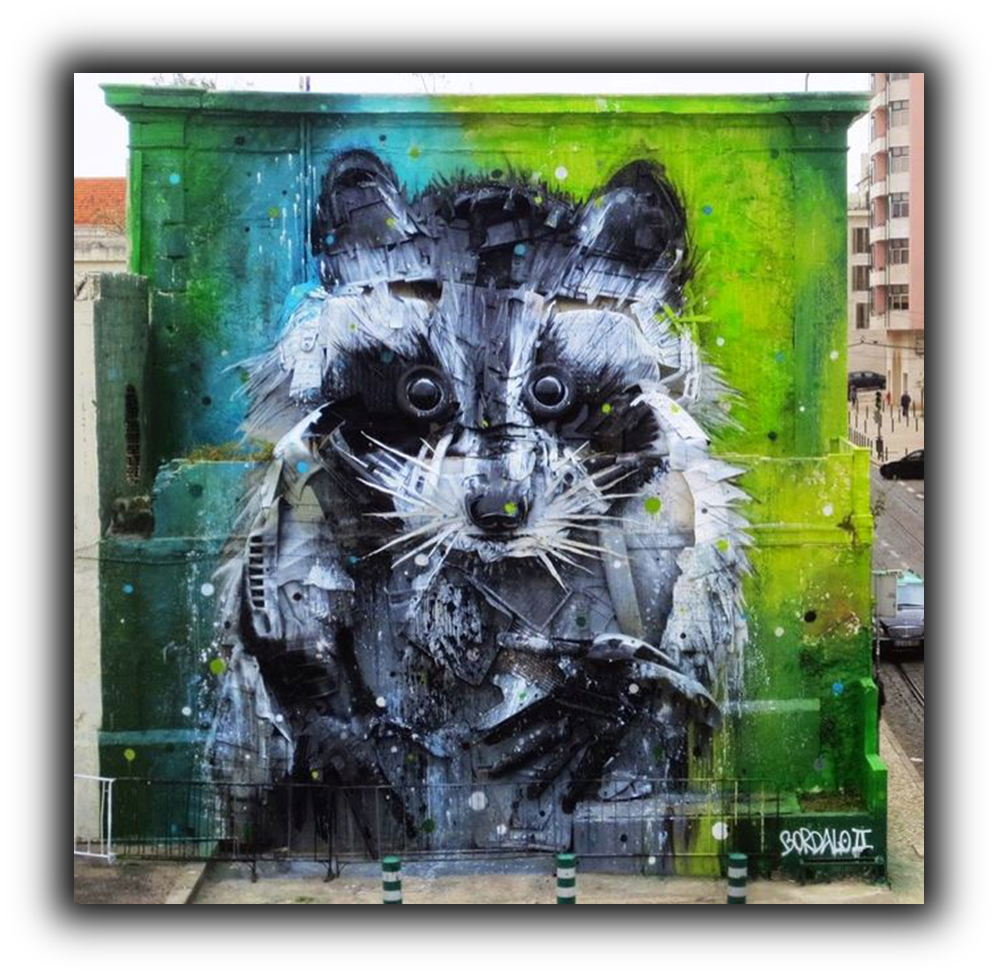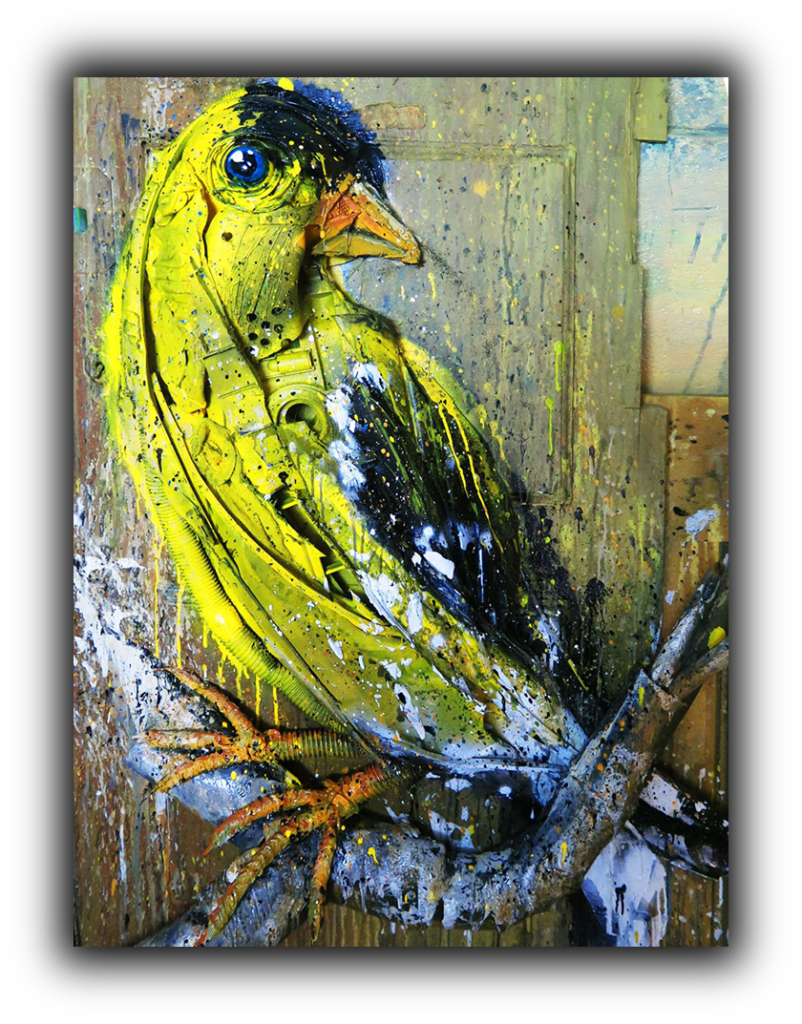
Recently, the Committee decided to open up to new categories such as cultural landscapes and routes, industrial heritage (for example, this year, Ivrea, the industrial city of the 20th century, in Italy), deserts, marine sites coastal and small island sites, so that the list is more diverse and more representative of World Heritage. The sites proposed for inscription must meet at least one of the ten selection criteria, such as, for example, representing a masterpiece of human creative genius, testifying to an exchange of influences during History, to bear exceptional testimony to a cultural tradition or to a living or extinct civilization, or else to represent natural phenomena of exceptional beauty and aesthetic importance or, of course, to be eminently representative examples of ecological and biological processes …
Italy is the country with the largest number (54), followed by China (53), Spain (47), France (44), Germany (44), and finally, Mexico (35).




THE END































